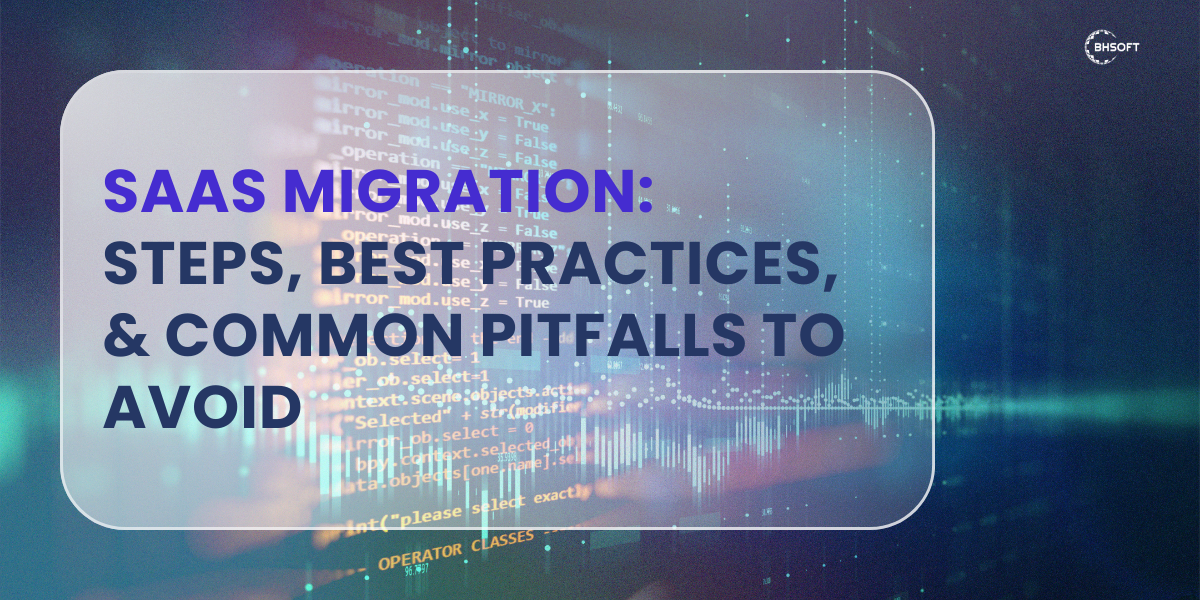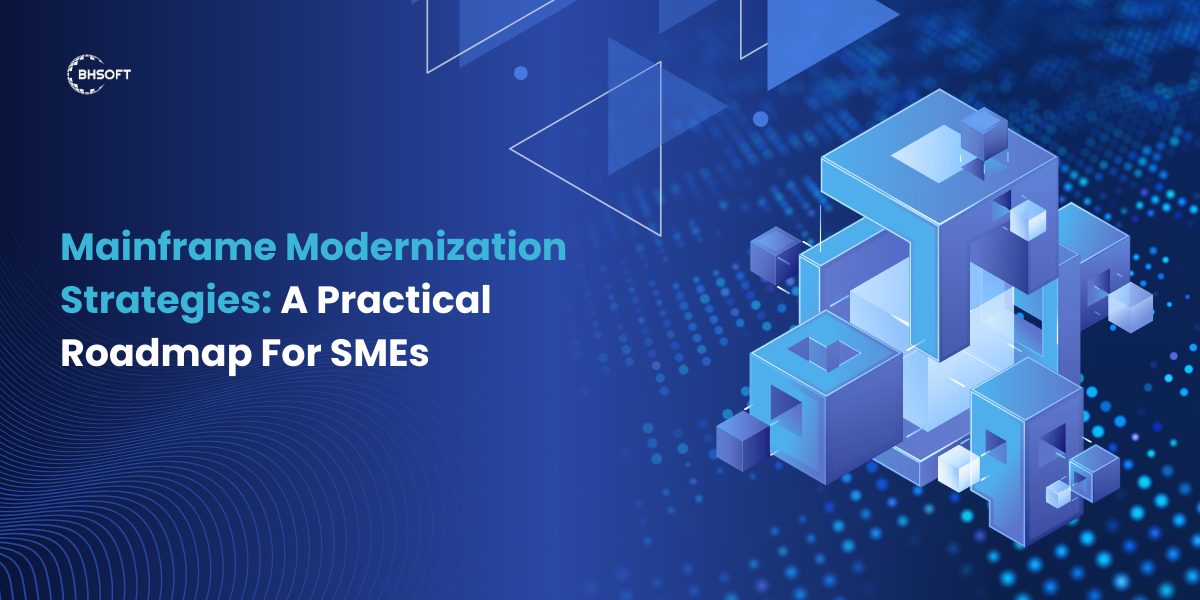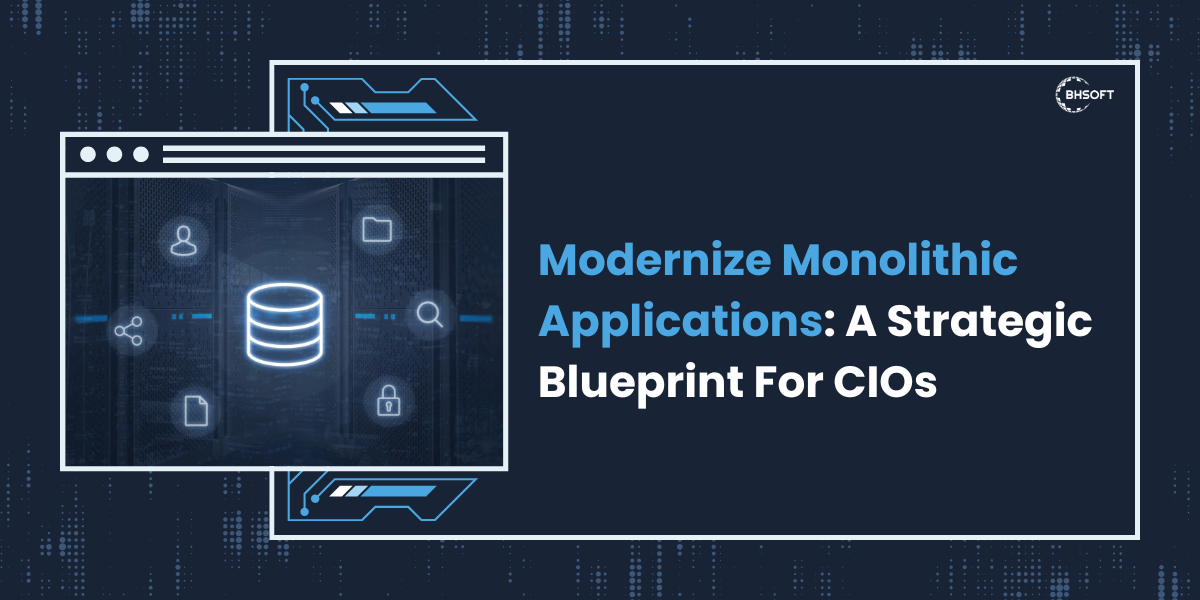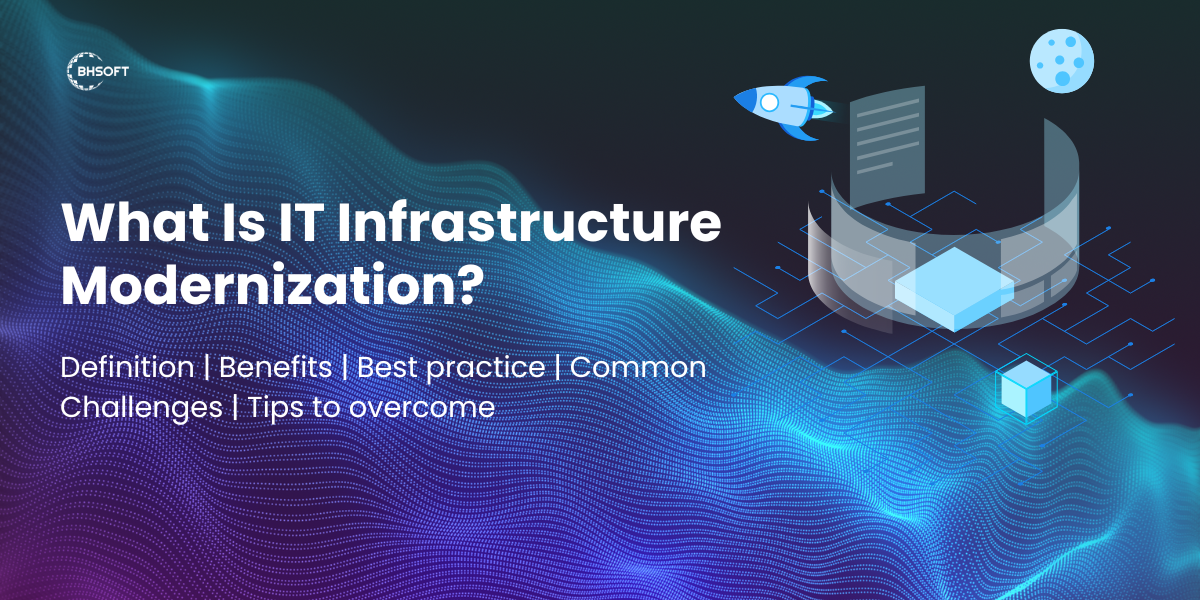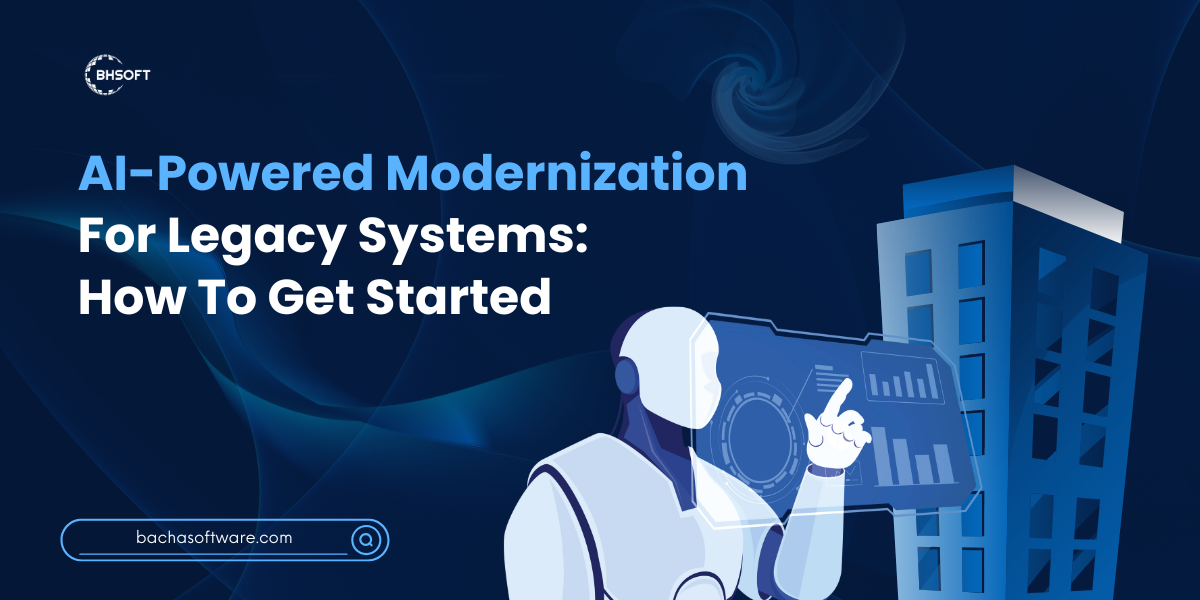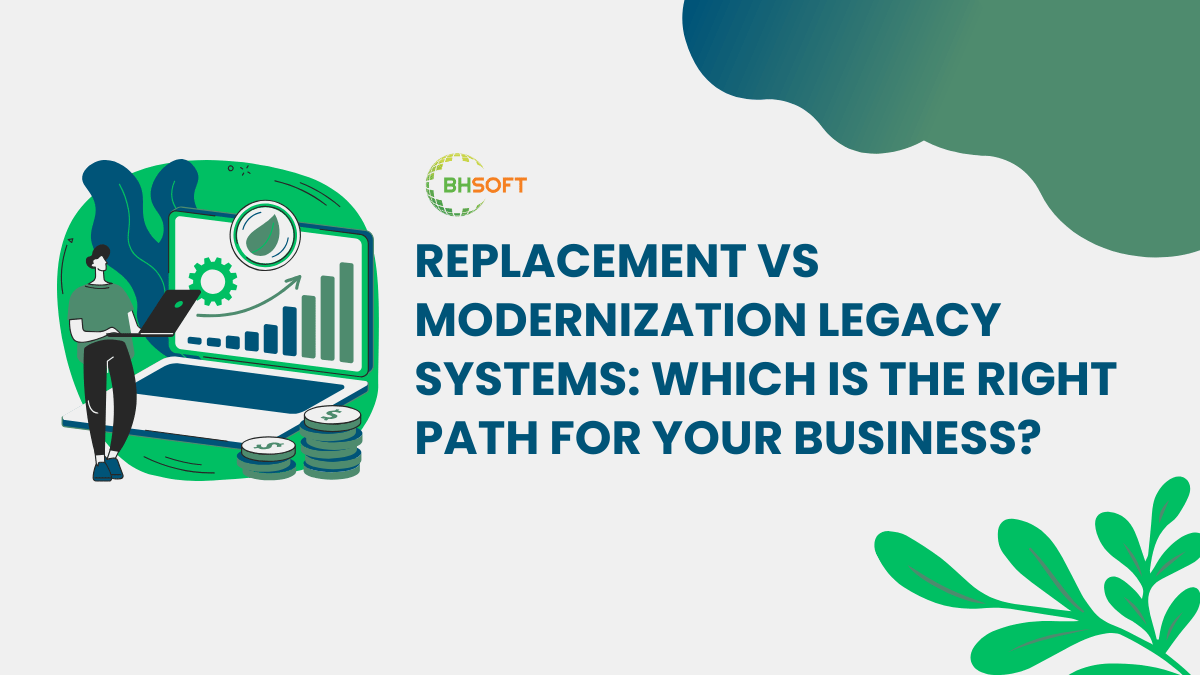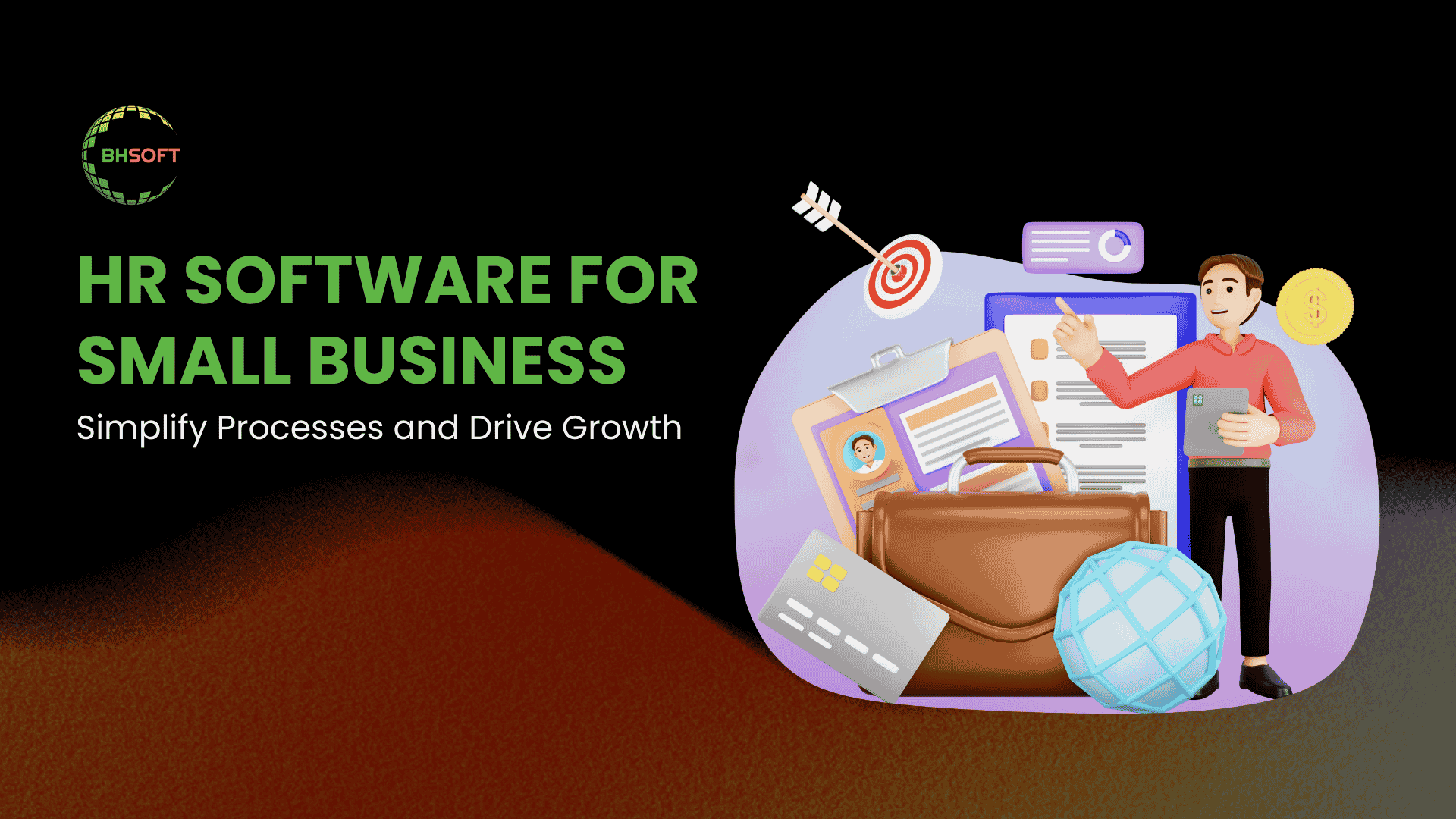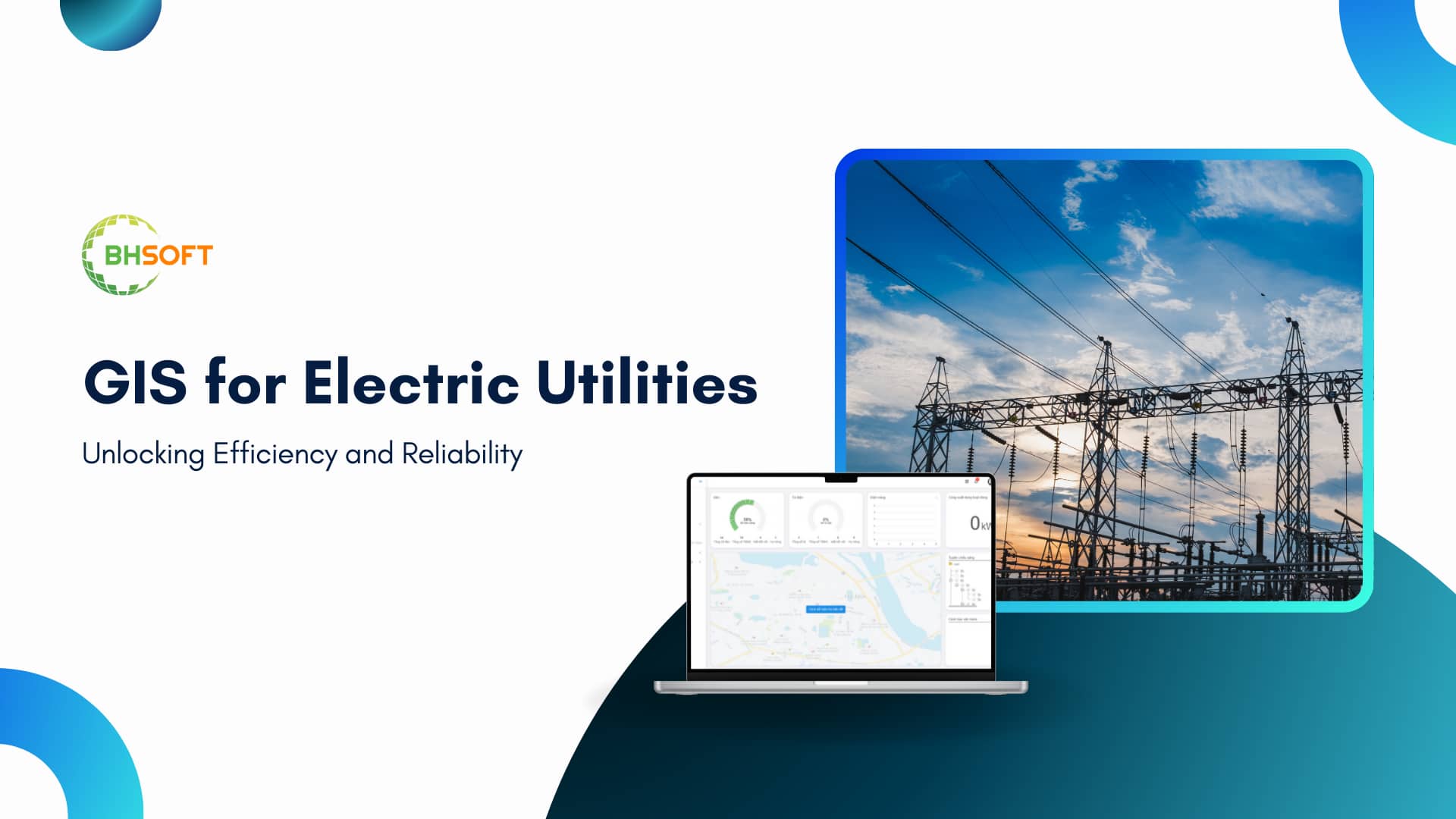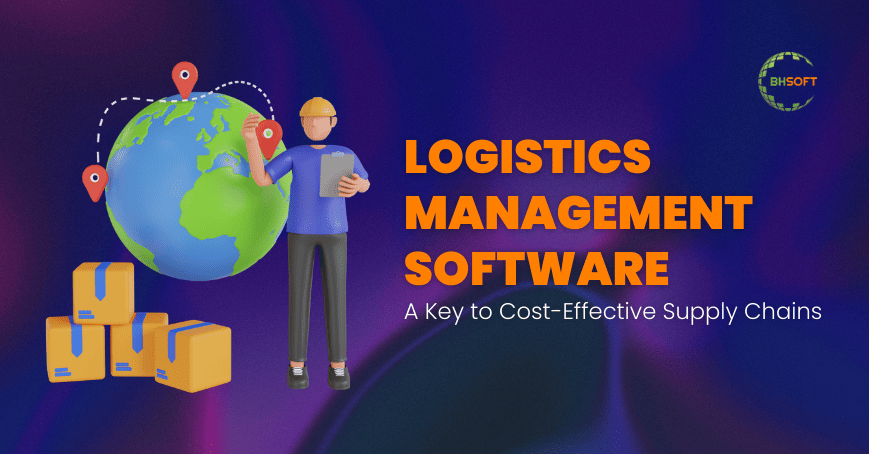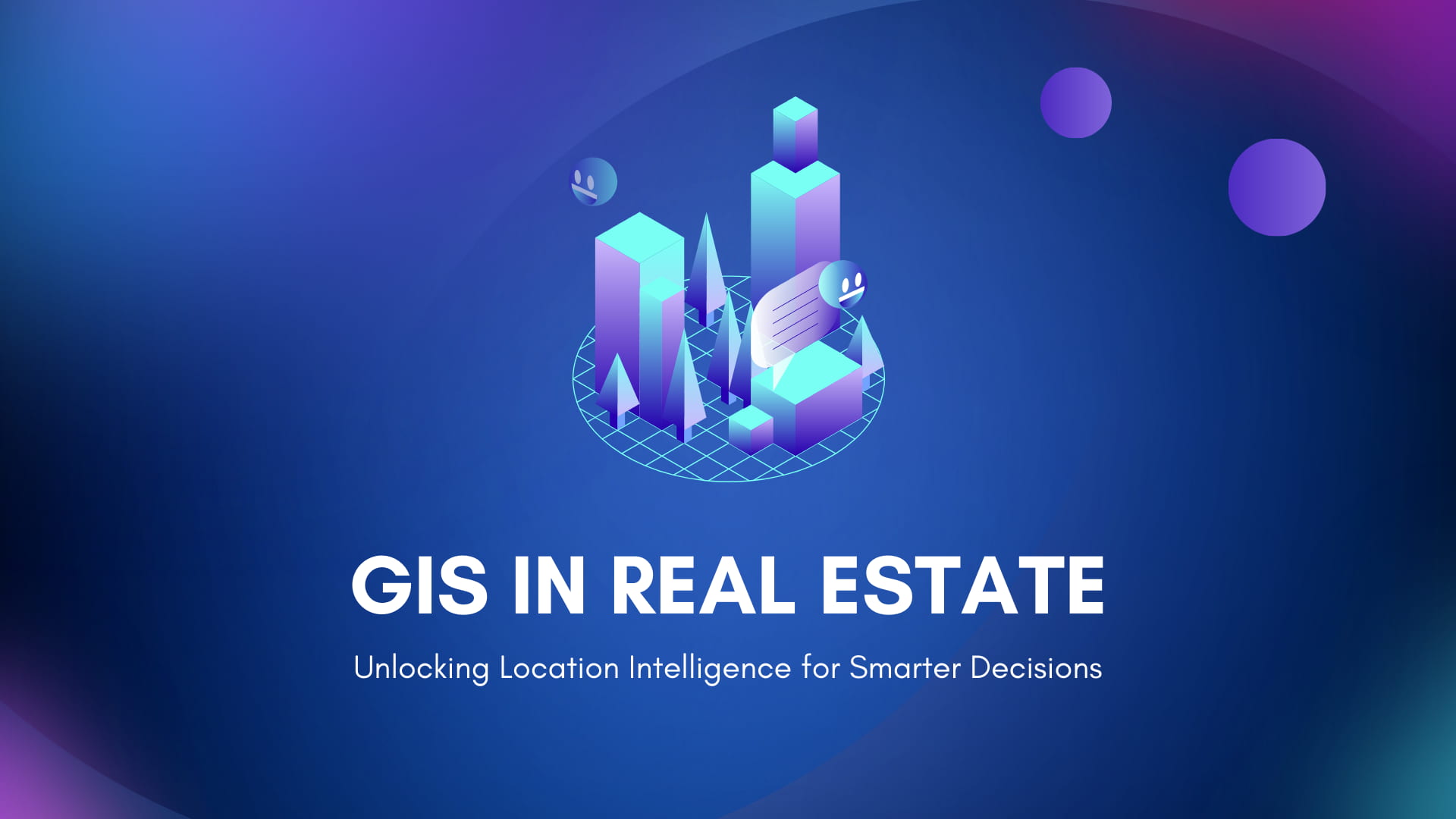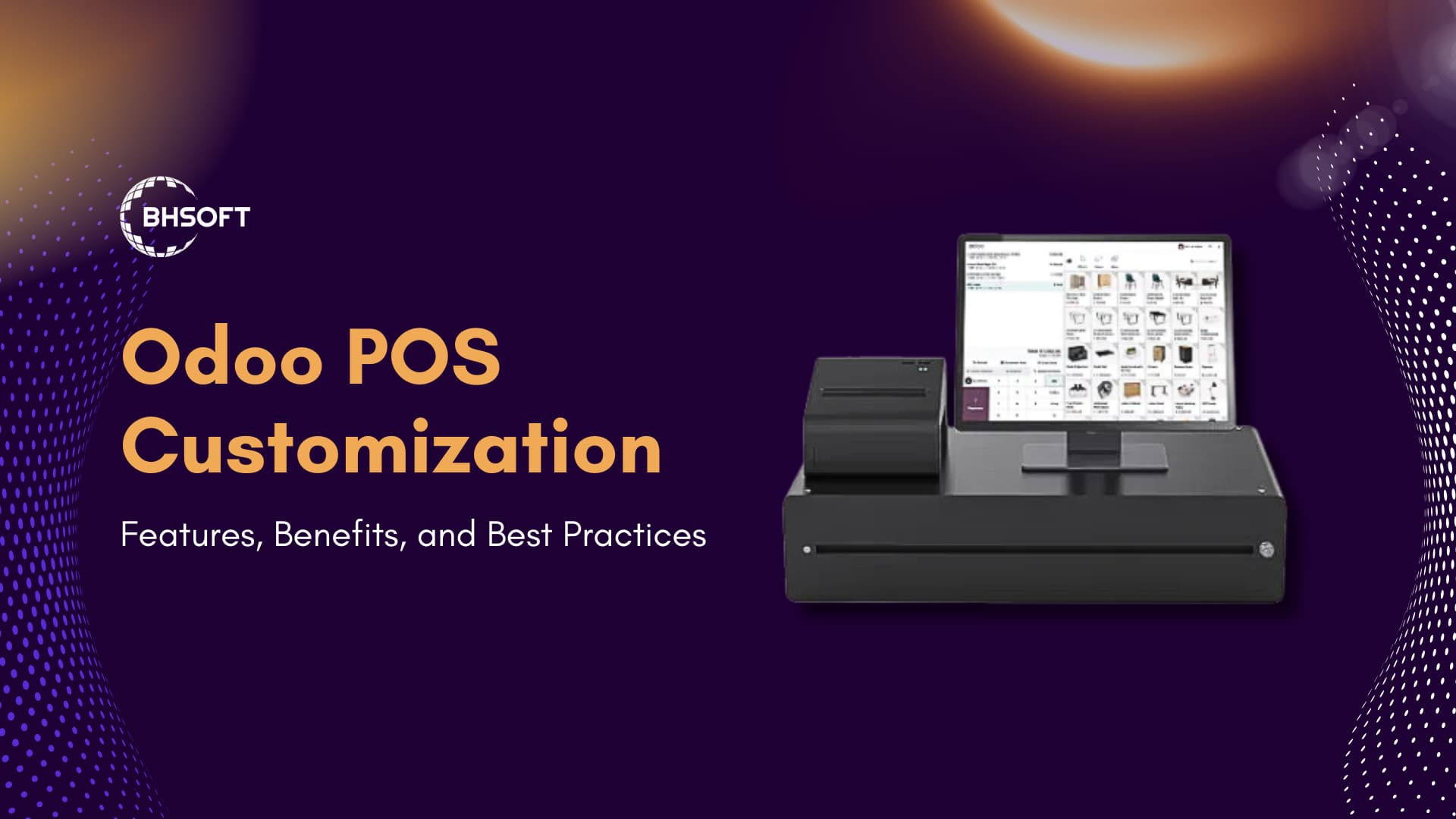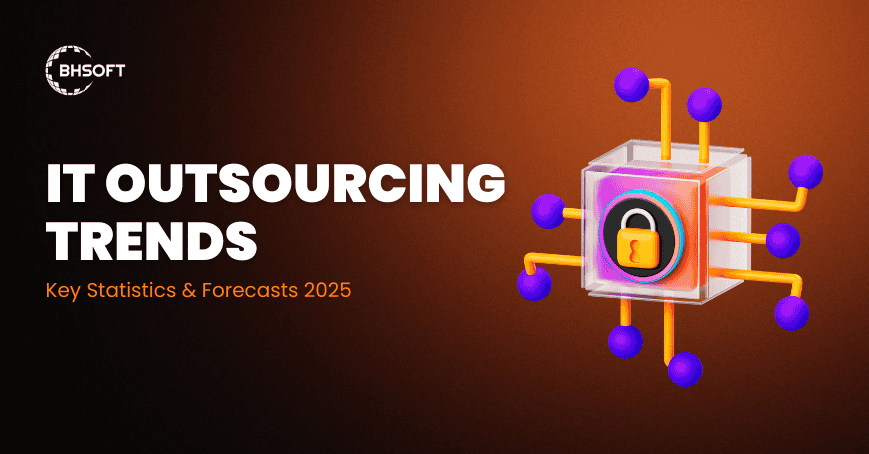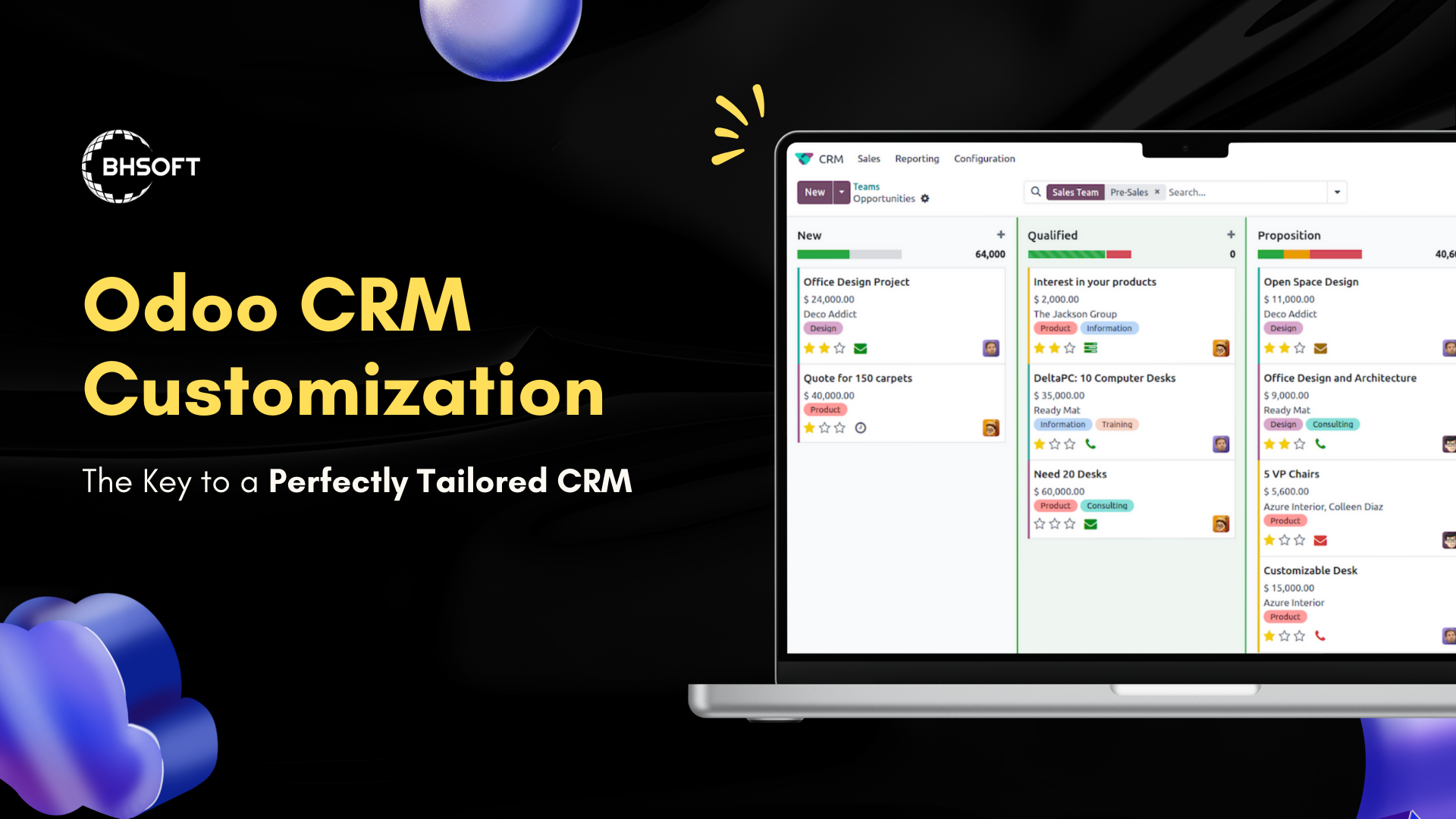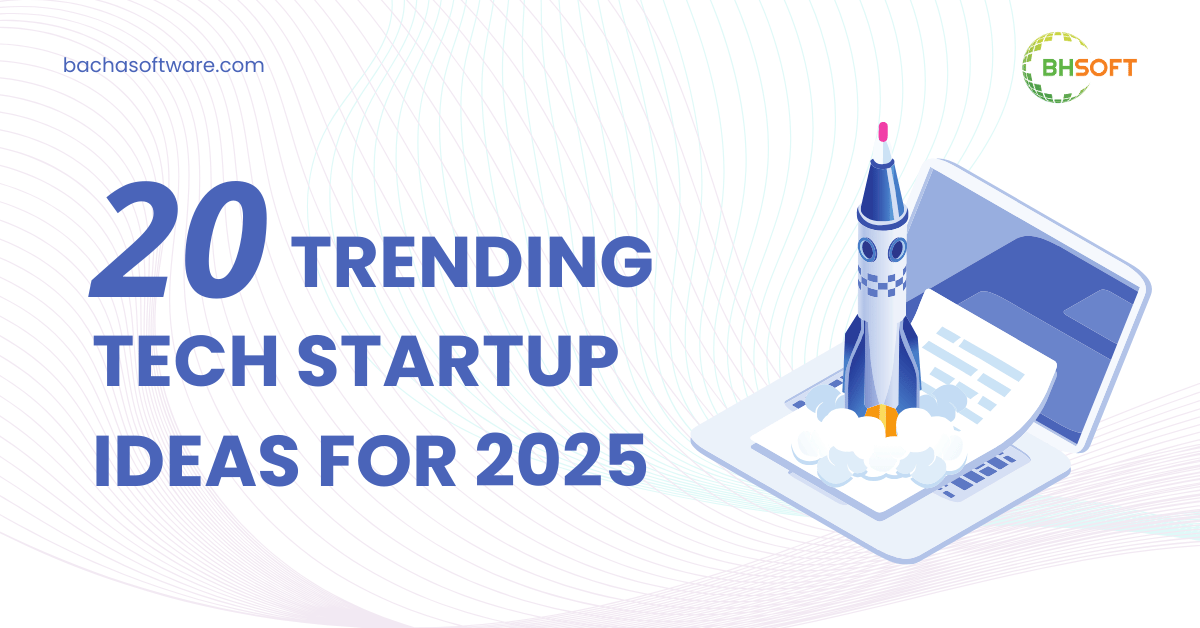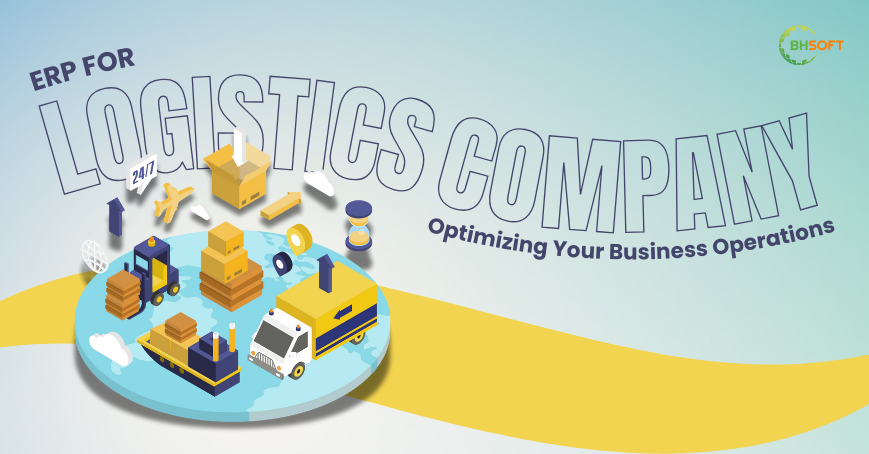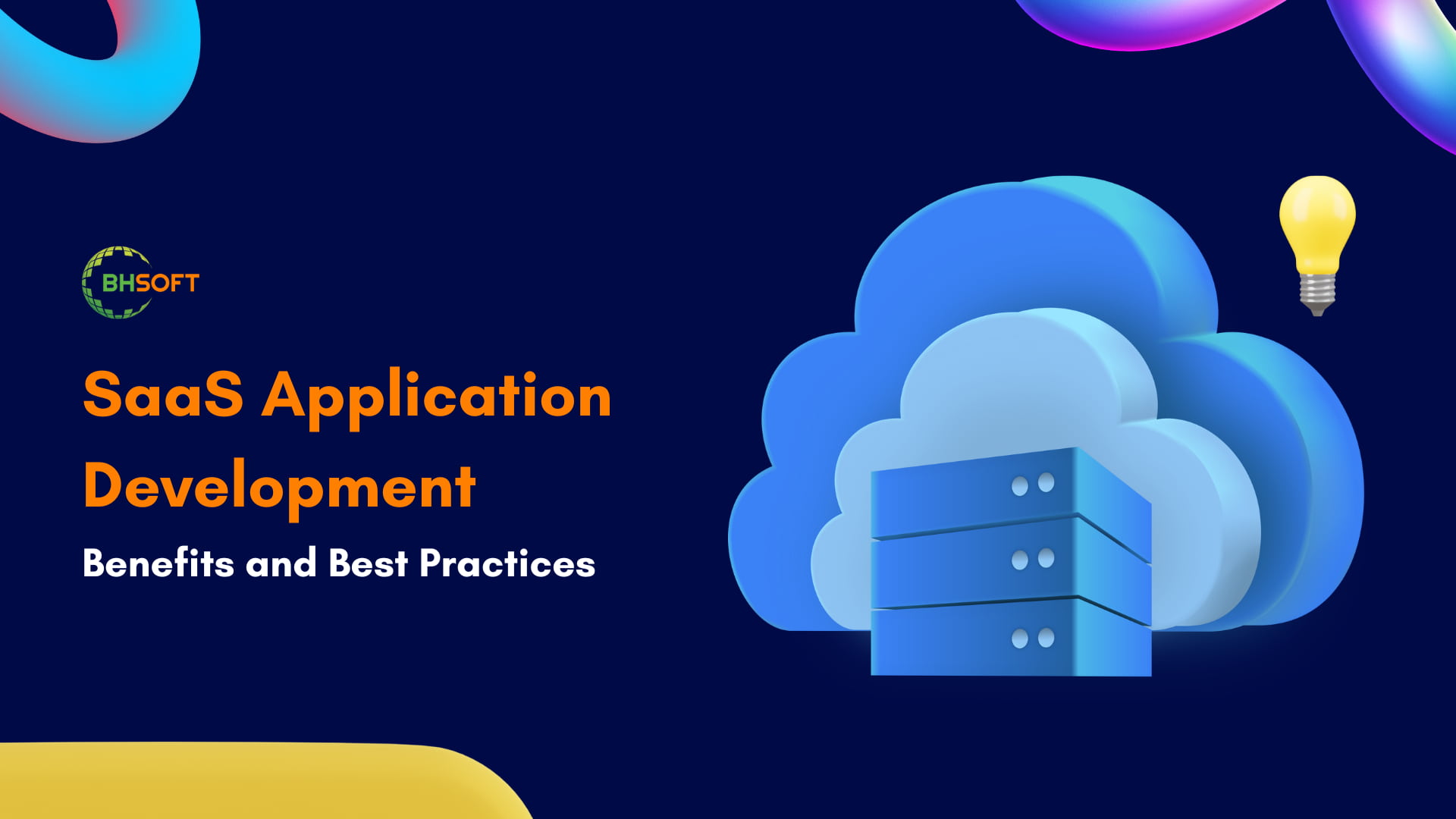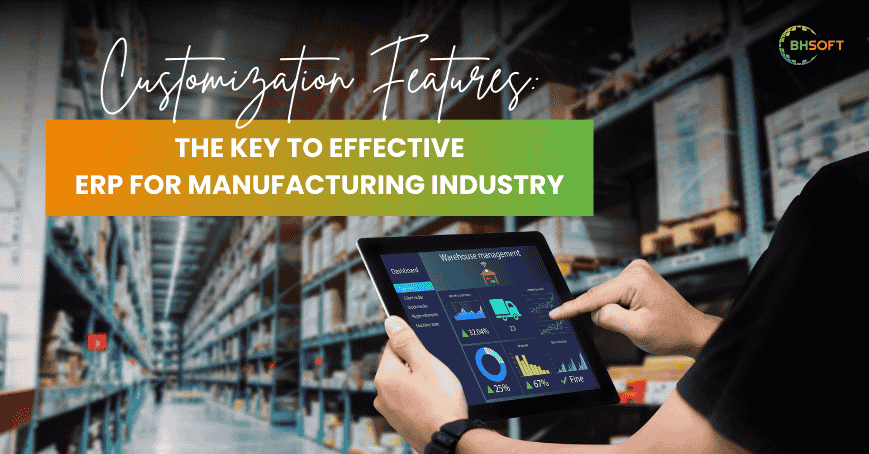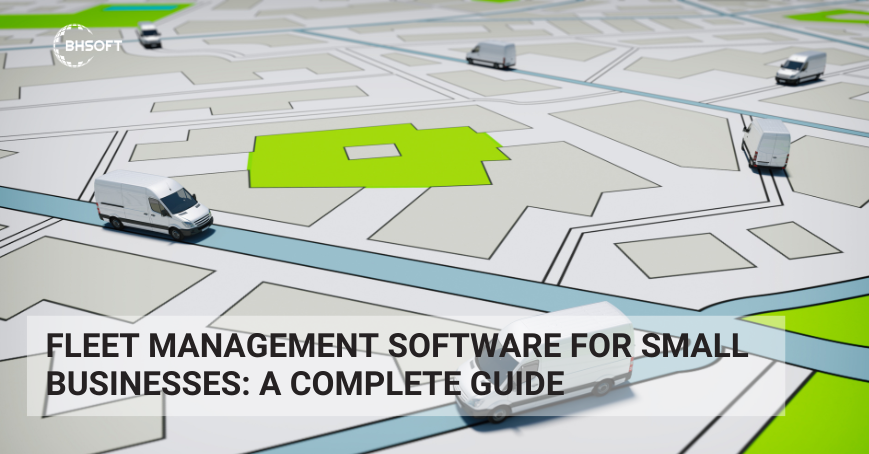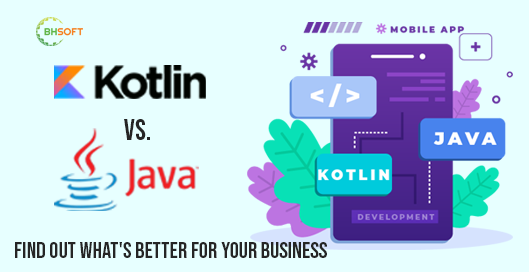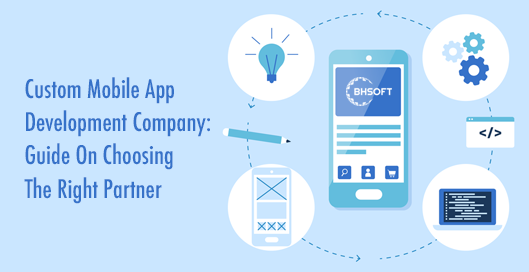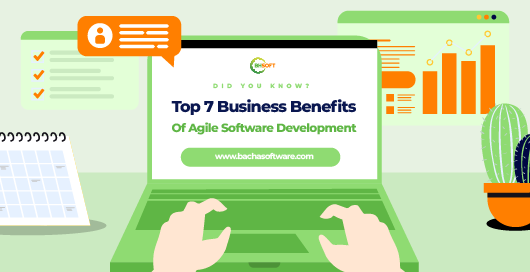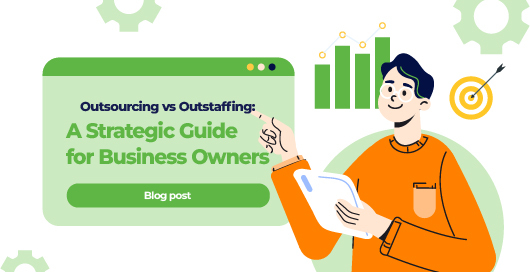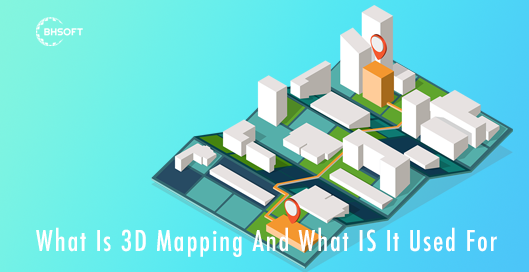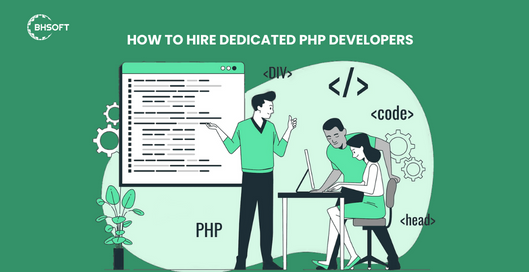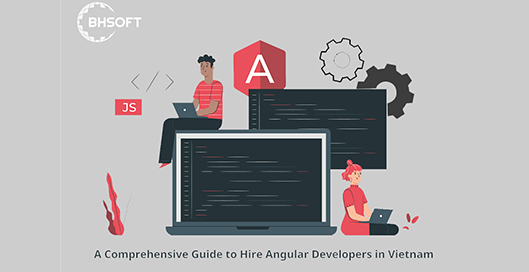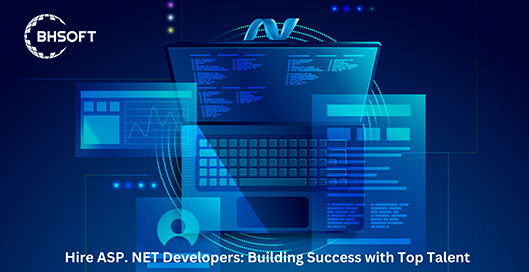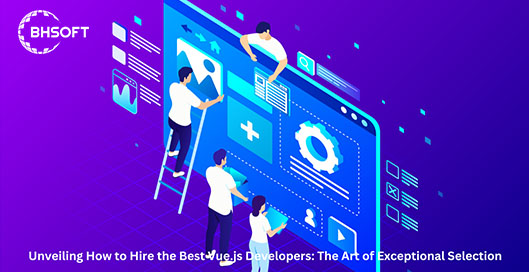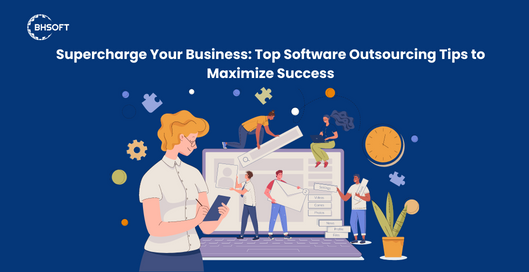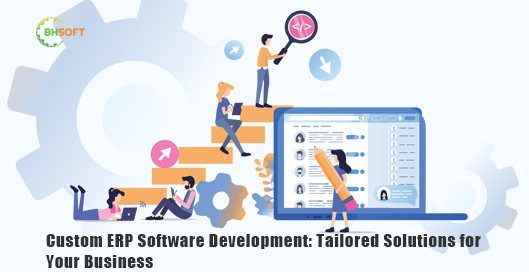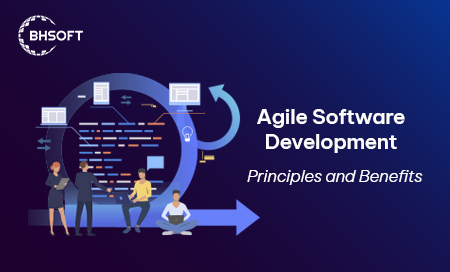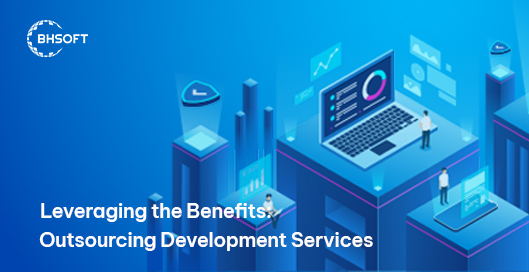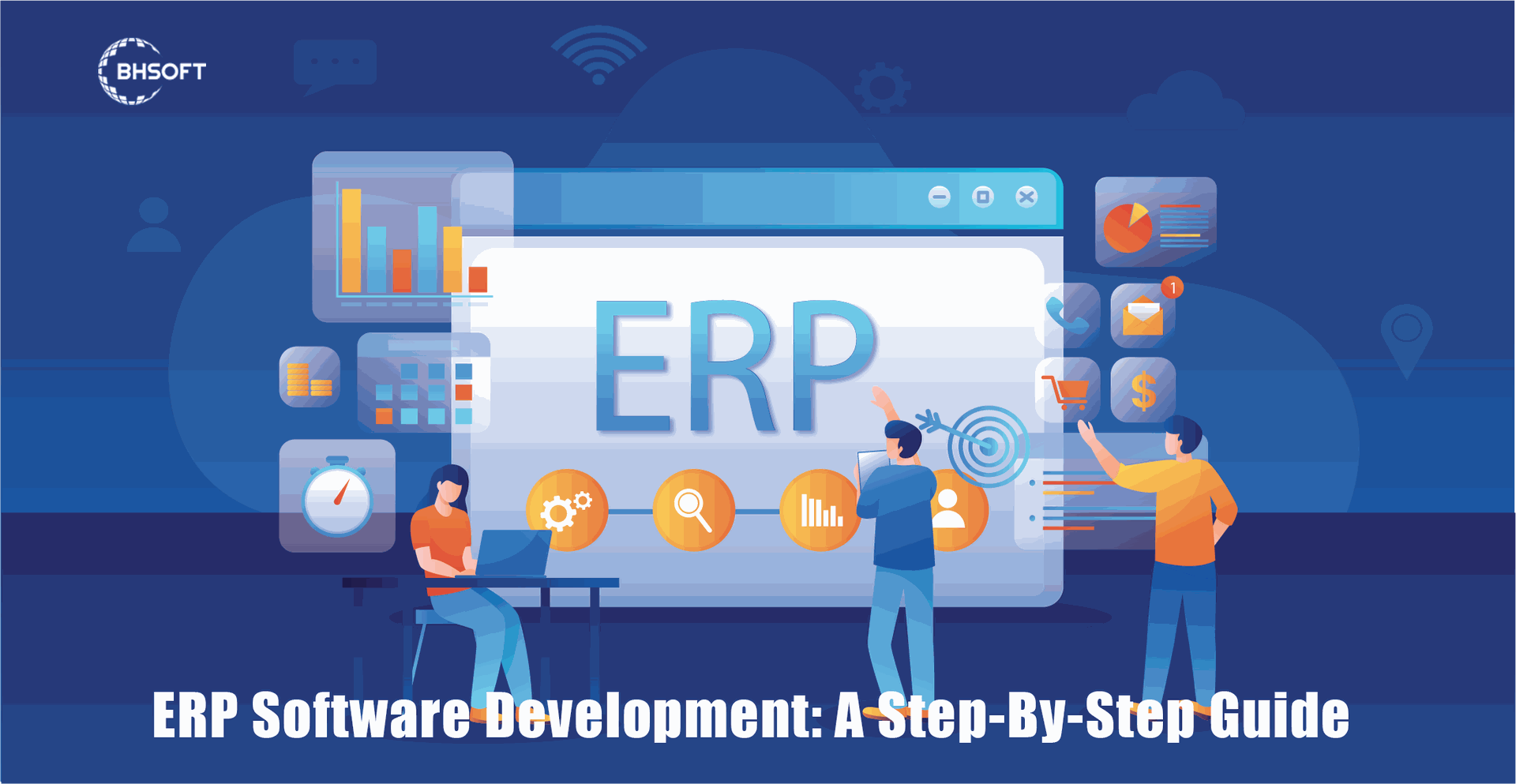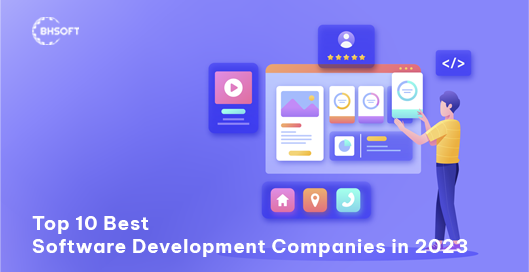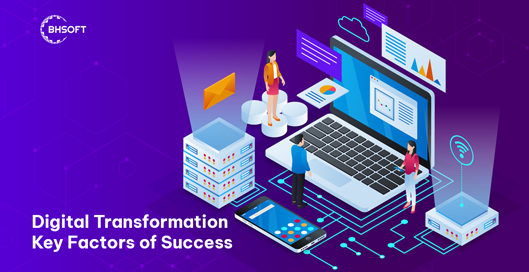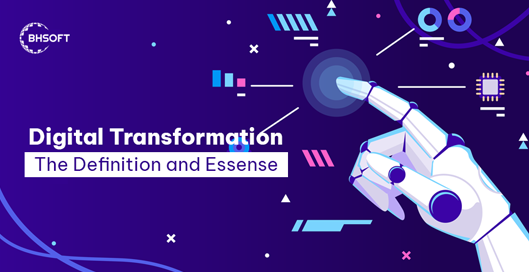Home > Blog > IT Business
Legacy Application Modernization: An In-Depth Guideline For SMEs
5 minutes read
Audio description available
February 26, 2023
Not long ago, businesses could run on legacy systems without much concern. But today, outdated applications are a significant roadblock to growth. Research shows that 70% of digital transformation initiatives fail due to legacy systems preventing scalability and efficiency. Especially for SMEs, clinging to old applications means higher operational costs, security vulnerabilities, and a slow adaptation to market changes. The reality is simple: it’s time for legacy application modernization.
This article will provide an in-depth guide to modernizing your legacy application and leveraging its advantages to improve your company's results. Keep reading!
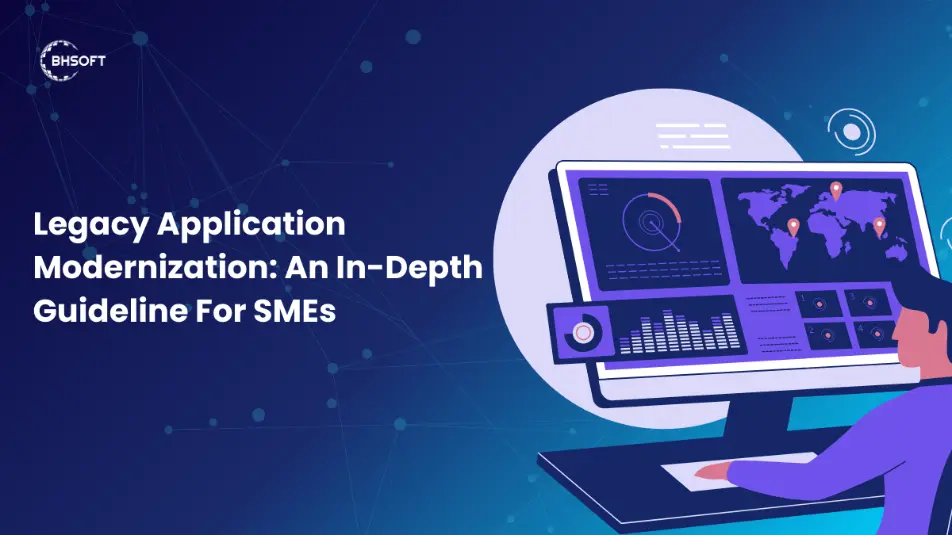
What Is Legacy Application Modernization?
Legacy application modernization is the process of updating or transforming outdated software systems to meet current business needs, technological advancements, and security standards.
Modernization can take various forms, including migrating applications to the cloud, refactoring existing code, rearchitecting for better scalability, or replacing outdated software with modern solutions. The goal is to improve efficiency, security, and user experience while ensuring the system aligns with modern business processes.
Why Is Legacy Application Modernization Critical For SMEs?
Legacy systems might seem reliable, but they come with severe risks that can cripple business growth:
Security Vulnerabilities
Outdated software is a hacker’s playground. Older systems lack modern security patches, exposing your business to data breaches and compliance issues. This exposes your business to potential data breaches and financial fraud. A single data breach can cause severe reputational damage and financial losses for your business.
High Maintenance Costs
The older your system, the more expensive it is to maintain. Research shows that businesses spend up to 80% of IT budgets just keeping outdated systems. Ongoing updates, security patches, and technical support demand significant resources and specialized expertise, increasing operational expenses. This diverts valuable financial and workforce investments away from innovation, scalability, and efficiency improvements that drive business growth.
Poor Customer Experience
Slow, inefficient software leads to frustrated employees and dissatisfied customers. Outdated systems struggle to handle modern user expectations, leading to slower response times, errors, and a lack of seamless digital experiences. As customer experience becomes a key differentiator in competitive markets, failing to modernize your applications can result in lost customers and declining brand loyalty.
Limited Integration Capabilities
Legacy applications often fail to integrate with modern tools, restricting your ability to leverage new technologies like AI, machine learning, and cloud computing. Many SMEs rely on third-party applications for analytics, customer relationship management (CRM), and automation, but outdated systems create barriers, preventing businesses from fully capitalizing on digital transformation opportunities.
When Should You Consider Modernizing Your Application?
There is no one-size-fits-all answer to when you should modernize legacy applications. However, waiting too long can put your business at risk. The key is recognizing the warning signs before outdated systems hinder growth and security.
Key indicators that it’s time for modernization:
- System performance is declining: Frequent crashes, slow processing times, and excessive downtime disrupt productivity and create frustration among employees and customers.
- Rising maintenance costs: If your IT budget is heavily allocated to troubleshooting and maintaining outdated software instead of innovation, modernization can provide a cost-effective solution.
- Security vulnerabilities: Legacy systems are often incompatible with the latest security protocols, leaving your business exposed to cyber threats and compliance violations.
- Incompatibility with modern technologies: If your software cannot integrate with cloud computing, AI, or automation tools, it limits your ability to innovate and stay competitive.
- Decreasing employee and customer satisfaction: Outdated interfaces and inefficient workflows frustrate users, leading to decreased productivity and higher employee turnover.
- Increased technical debt: A system that requires constant patches and fixes results in long-term inefficiencies that hold back scalability and growth.
If your business is experiencing any of these challenges, now is the time to invest in legacy application modernization to improve efficiency, security, and long-term profitability.
How to Modernize Legacy Applications: A Step-by-Step Guide
Modernizing legacy applications is a critical step in ensuring long-term business success. The best approach depends on the specific needs of your organization. Below, we explore the most effective modernization strategies and how they can benefit your business.
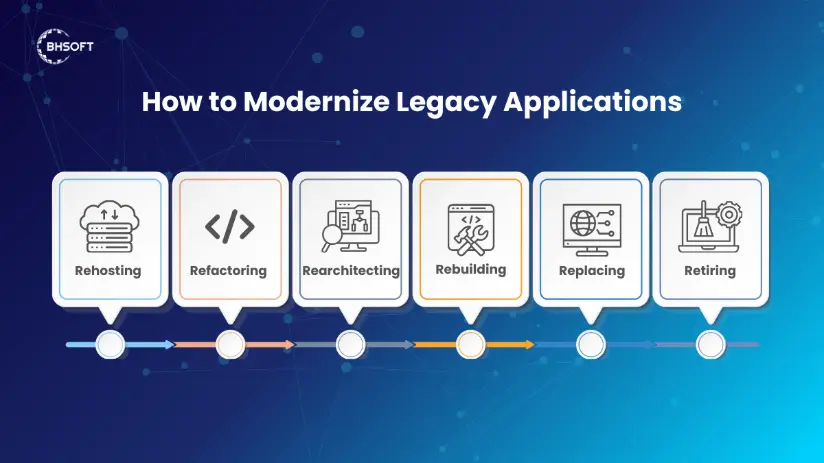
Rehosting (Lift-and-Shift Approach)
One of the most common approaches is rehosting, also known as lift-and-shift. This involves moving an existing application to a cloud environment with minimal modifications. While this is the fastest way to migrate to the cloud, it does not fully leverage cloud-native features. However, it improves performance, reduces infrastructure costs, and enables businesses to scale as needed.
Refactoring for Enhanced Performance
Another popular strategy is refactoring, which involves optimizing and restructuring parts of the application’s codebase without altering its core functionality. This is ideal for businesses that want to improve application performance and scalability while keeping key features intact. By refactoring, organizations can achieve better efficiency and ensure seamless integration with modern tools.
Rearchitecting for Long-Term Scalability
For companies seeking long-term scalability and flexibility, rearchitecting is an effective option. This method involves redesigning the application’s architecture to support modern cloud-based technologies such as microservices and DevOps practices. Although this requires a larger investment, it significantly enhances agility, security, and overall performance.
Rebuilding for a Future-Proof System
Rebuilding is a more extensive process where an application is redeveloped from scratch using modern technologies. This approach is best suited for businesses that require a complete transformation to align with evolving business models and customer expectations. Though costly and time-consuming, it results in a highly scalable and future-proof system that supports long-term growth.
Replacing with a Modern Solution
In some cases, businesses may choose to replace their legacy system entirely with a new, off-the-shelf, or custom-built solution. This method is particularly useful when the existing system is outdated, difficult to maintain, or no longer serves its intended purpose. While replacing a system requires data migration and adaptation, it allows businesses to implement the latest technology without the constraints of legacy software.
Replatforming for Minimal Disruption
For companies that need minimal change, replatforming is another viable option. This involves moving an application to a new cloud platform with slight modifications to enhance performance. It provides better infrastructure efficiency without requiring a complete overhaul of the system, making it a cost-effective modernization strategy.
Retiring Outdated Systems
Lastly, organizations may choose to retire outdated applications that are no longer needed. This approach involves decommissioning legacy systems and consolidating functionalities into newer applications that offer greater efficiency. Retiring legacy applications helps reduce maintenance costs, security risks, and system redundancies.
Each modernization approach comes with its own advantages and challenges, and selecting the right one depends on factors such as business goals, budget, compliance requirements, and technological compatibility. Conducting a thorough assessment of your legacy system will help determine the most effective strategy to future-proof your business.
Conclusion
Now that you know how to modernize legacy applications effectively, it's time to take the next step. While modernizing outdated systems is a crucial investment, it requires careful planning, expertise, and execution to ensure success. Choosing the right IT partner can make all the difference in streamlining the process and maximizing the benefits.
At BHSOFT, we specialize in legacy application modernization and transformation, helping businesses seamlessly upgrade outdated systems using the latest technologies and best practices. Our team of experienced engineers ensures that your modernization journey is smooth, secure, and aligned with your business goals.
Don't let outdated systems hold your business back. Contact us today to schedule a consultation and start your transformation!


